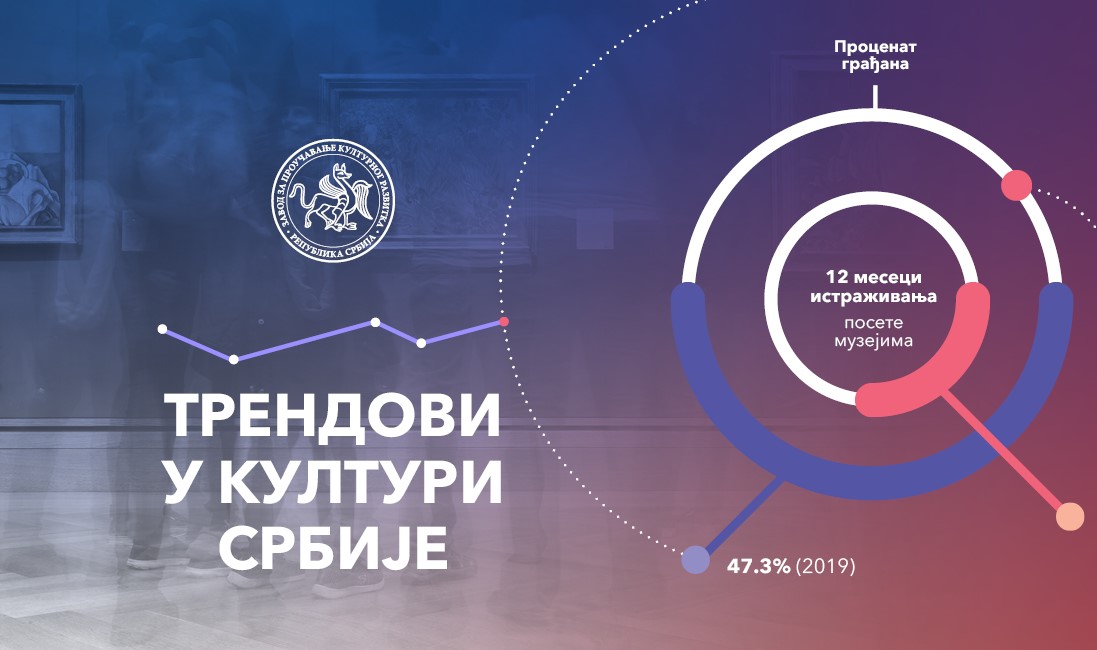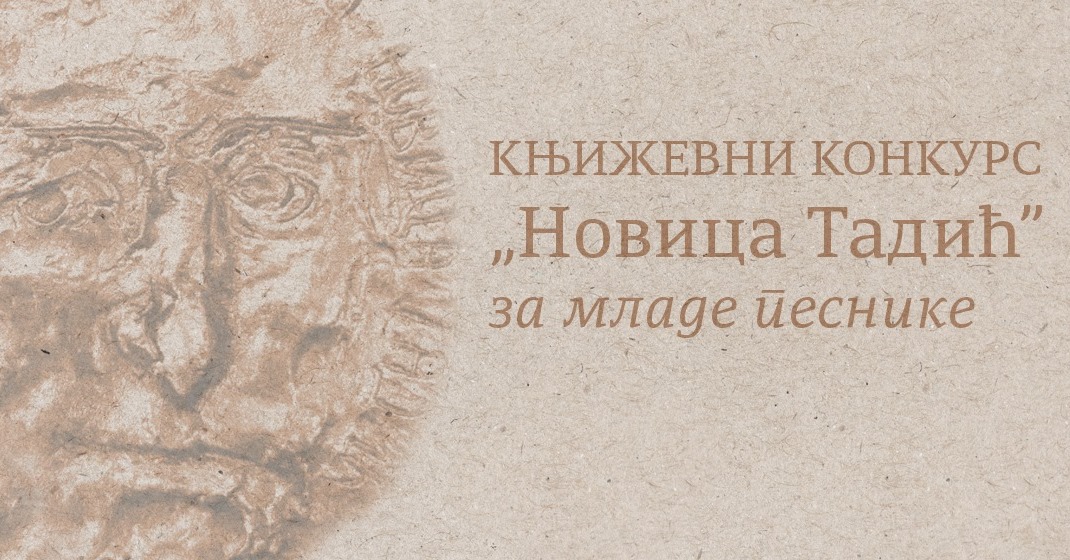
How much do our fellow citizens participate in cultural life in the last five years?
According to research by Zaprokul, the only cultural institution that deals with the trends and needs of citizens in culture, tendencies in the culture of Serbia have a positive sign, although the real work is yet to come, especially in terms of digital culture, innovation and interactivity of all cultural institutions, as well as increasing the regular audience which follows cultural events, and which, according to the data, amounts to slightly more than 5.6%.
“Cultural participation of citizens of Serbia”, the most relevant statistical study on the topic of attendance in culture, shows an increase in the participation of citizens in cultural events during the last 10 years in almost all types of cultural events. The research shows the constant cultural practices of people in Serbia. Concerts are still the most popular, attended by 68.3% of our citizens, while visits to cinemas, due to the opening of multiplexes and cineplexes, with noticeable state investment in domestic cinema and with incentives for distributors, recorded the highest growth rate of 30% in the last ten years – more precisely 63.8 %.
Cultural institutions have realized that one of the priorities is a more interested and communicative attitude towards children and young people. Research indicates a growing trend of content for children, and libraries, museums and cultural centers are best suited to this role. It is important to point out that cultural programs are most often created for children under the age of 10, when, for example, they are led by teachers in museum institutions – 73.6% of them. There are very few cultural programs aimed at teenagers and they are the most critical group when it comes to participation in culture, and therefore it is necessary to change the strategy and accept their communication channels – bloggers and influencers – so that cultural content through social media is more accessible and fun. Young people are increasingly left to create their own cultural contents and formats, such as those in the Kruševac Cultural Center, the Matica Srpska Gallery in Novi Sad, the Belgrade City Library, the “Vladislav Petković Dis” City Library in Čačak, the Cultural Center in Pančevo.
The constants recorded in our research show that cultural institutions are not sufficiently accessible for people with disabilities. In the first research of its kind in Serbia “Culture of accessibility: research on the accessibility of museums and galleries in the Republic of Serbia”, the data show that only 24.2% of museum institutions are physically accessible for visitors who have some kind of disability. The biggest challenge is communication and information accessibility, where 75.6% of institutions do not meet this criterion, which requires the least investment. However, the fact that employees in cultural institutions are aware of the obstacles that need to be overcome is encouraging, and 65.7% of them recognize the importance of accessibility for the promotion of cultural rights and the well-being of the community.





